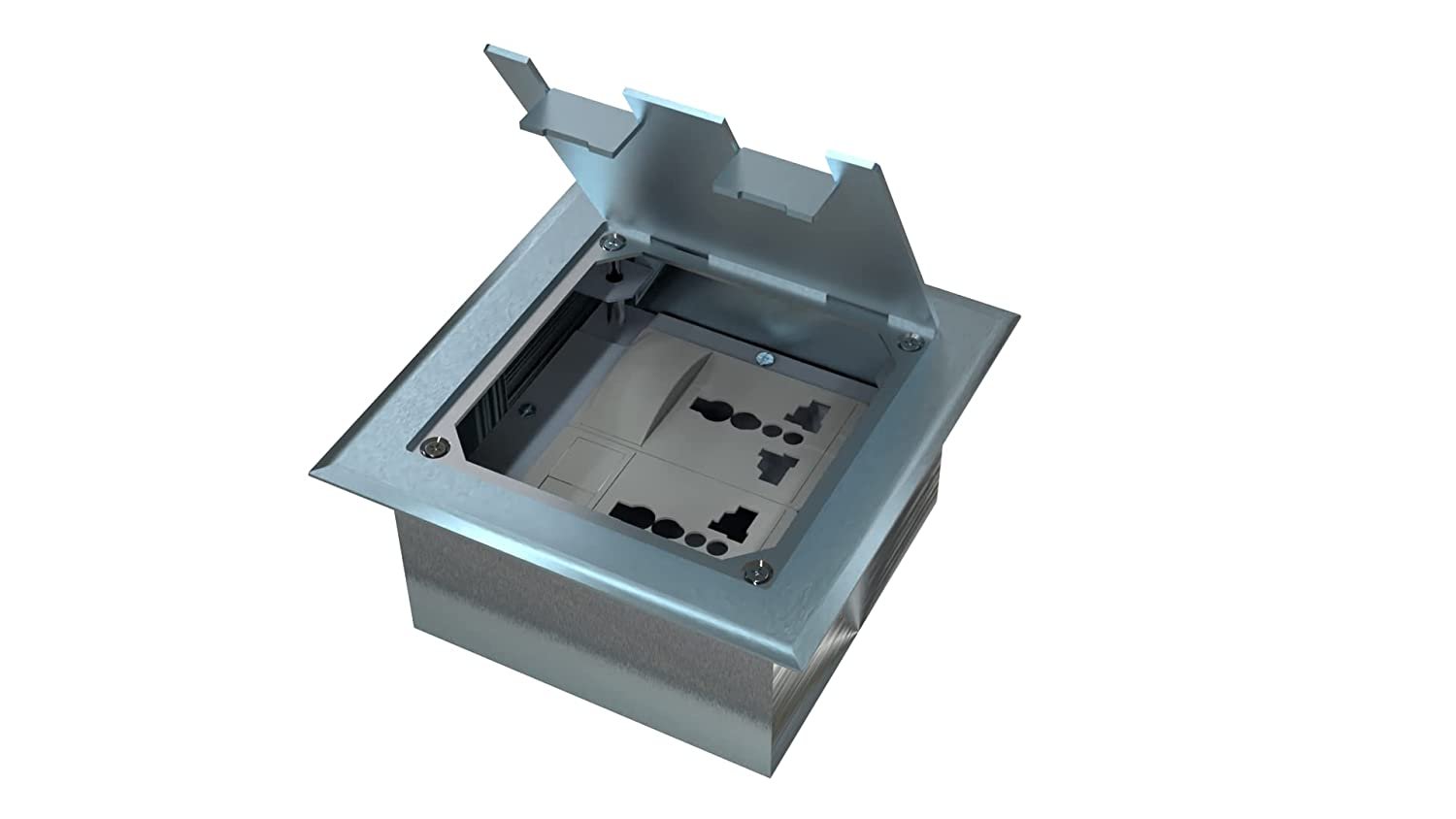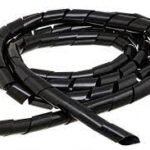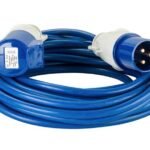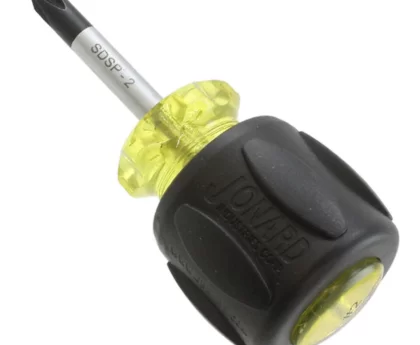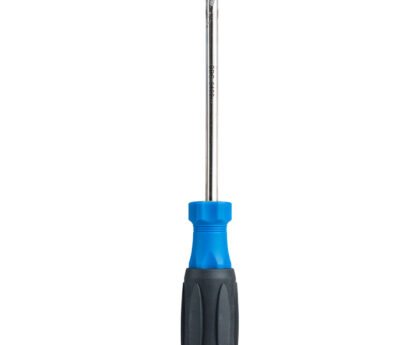Floor box electrical is a type of electrical wiring system that is installed on a concrete or wooden floor. It consists of a metal box with openings on the top and sides to allow cables to pass through. The box is typically wired to an electrical circuit which is connected to an outlet or switch. Floor box electrical systems can provide power to various electrical devices, including lights, fans, and appliances. They are often used in commercial and industrial settings, where the need for easy access to power is critical.
Floor Box Electrical Features
Floor boxes are designed to provide electrical power on the floor where it is needed. They are typically used when furniture is rearranged, wall space is limited, or the wiring may be too difficult to run through the walls. Common features of floor boxes include:
- Electrical outlets: Floor boxes are designed to provide convenient electrical outlets for plugging in electronics, lights, and other devices.
- Protection: Floor boxes are designed with safety in mind, featuring covers that provide protection from moisture and other hazards.
- Cable management: Floor boxes can include cable management systems to help keep wires organized and out of the way.
- Easy installation: Floor boxes are designed for easy installation, typically requiring no cutting or drilling.
- Versatility: Floor boxes are often designed to be used in new construction or renovation projects, and are available in a variety of sizes and styles to fit any space.
Floor Box Electrical Options
GFCI Receptacles
These are Ground-Fault Circuit Interrupter (GFCI) receptacles that help protect against electrical shock. They are a good option for any area where water, such as bathrooms or kitchens, might be present.
Dimmer Switches
These allow you to adjust the amount of light in a room. They are a great way to create different lighting atmospheres in any room.
USB Outlets
These outlets are becoming increasingly popular as they allow you to charge your devices without having to search for a plug.
Arc-Fault Circuit Interrupters (AFCIs)
These are designed to protect against electrical fires by preventing arcing, which can cause sparks and fires.
Tamper-Resistant Receptacles
These are designed to prevent children from inserting objects into the outlets.
Weatherproof Covers
These help protect the outlets from water or dust, and can be used outdoors.
Water-Proof Floor Box Electrical
Water-proof floor box electrical boxes are designed to provide convenient access to electrical outlets that are installed in a floor. These boxes are specifically designed to withstand water and moisture, making them ideal for use in bathrooms, kitchens, laundry rooms, and other areas where water is present. They are available in a variety of sizes and styles to suit any application and feature tamper-resistant outlets for added safety.
How to Install Electrical Floor Boxes?
- Choose your location for the box. Ensure that it is close to the power source, and that the area is free from any obstructions.
- Mark the area where the box will be installed. Use a chalk line to ensure that the lines are straight and level.
- Cut a hole in the floor using a hole saw. Use a drill to make the hole.
- Install the box in the hole. Follow the instructions that come with the box.
- Run the electrical wiring through the walls and into the box. Use appropriate electrical conduit to protect the wires.
- Connect the wiring to the box. Follow the instructions that come with the box.
- Install the cover plate on the box. Secure it with screws.
- Turn on the power and test the box. Make sure the box is working properly before you finish the installation.
How to Remove the Electrical Floor Boxes?
- Turn off the power to the box. Make sure to shut off the breaker that supplies power to the box.
- Remove the screws that hold the box in place. Most floor boxes have four screws.
- Carefully pull the box free from the floor. If the box is stuck in place, use a flathead screwdriver to pry it up.
- Disconnect the wires from the box. Make sure to turn off the power before disconnecting the wires.
- Remove any remaining screws that were holding the box in place.
- Clean up the area where the box used to be. Vacuum up any debris and patch up any holes from the screws.

